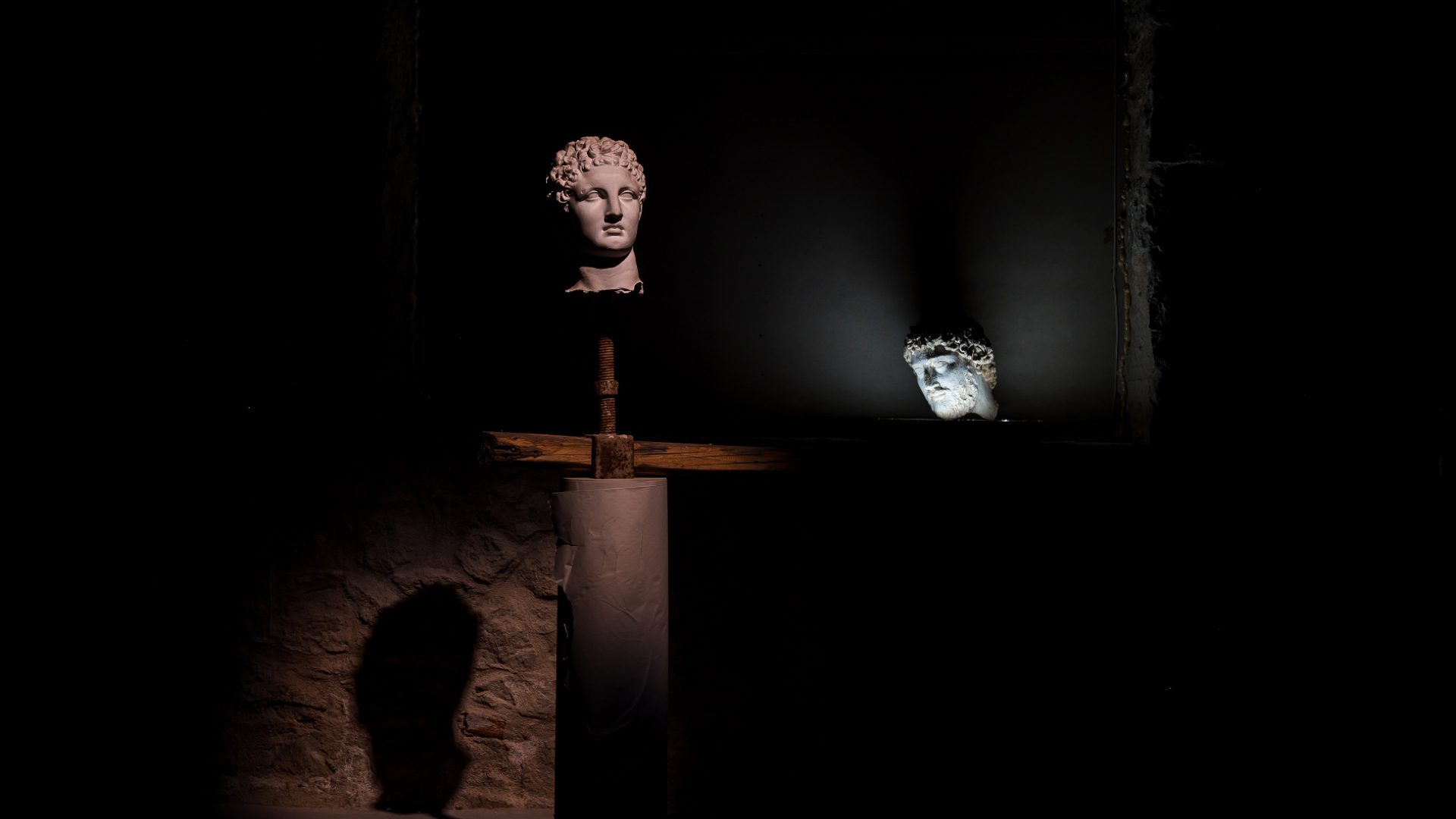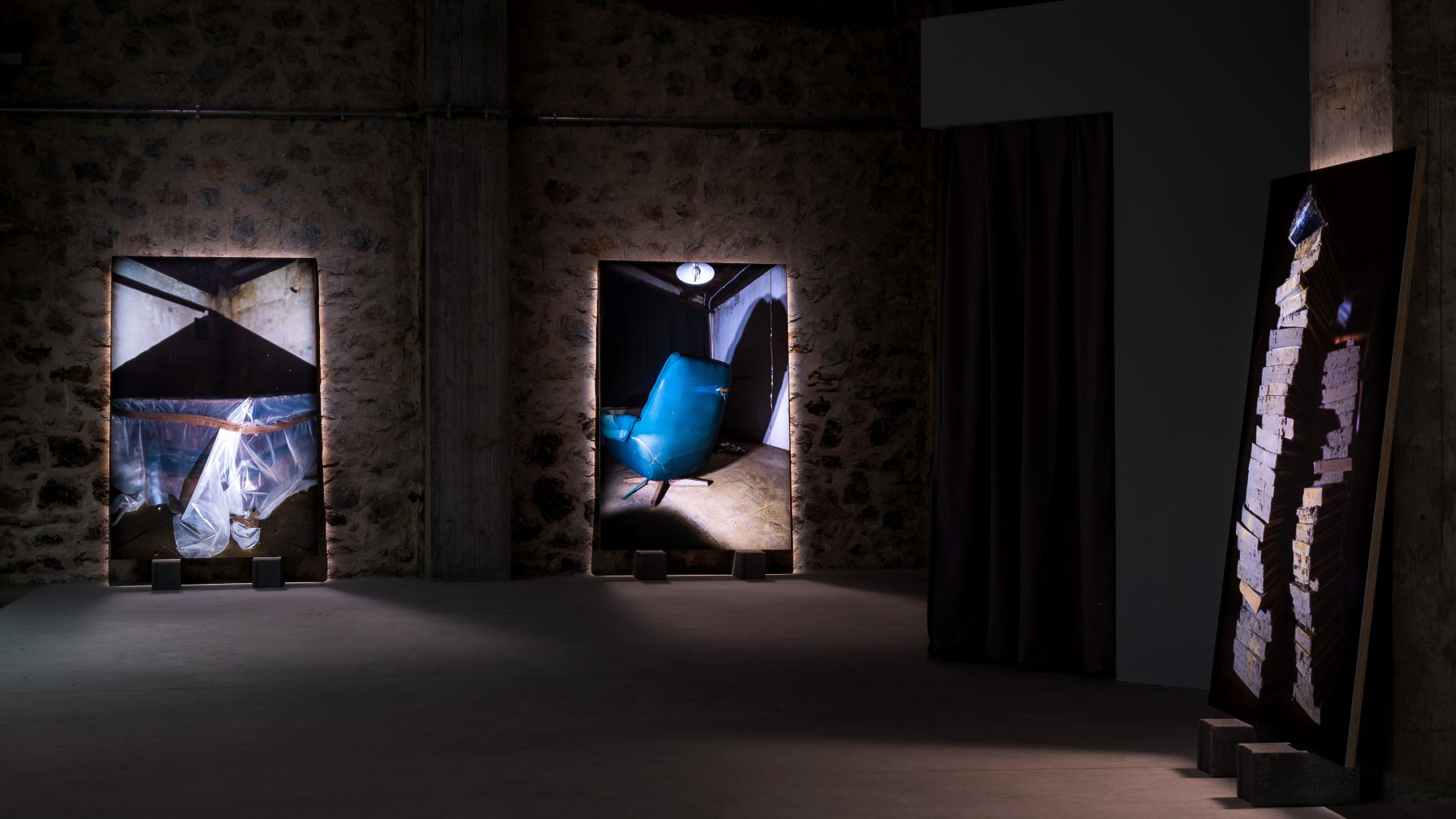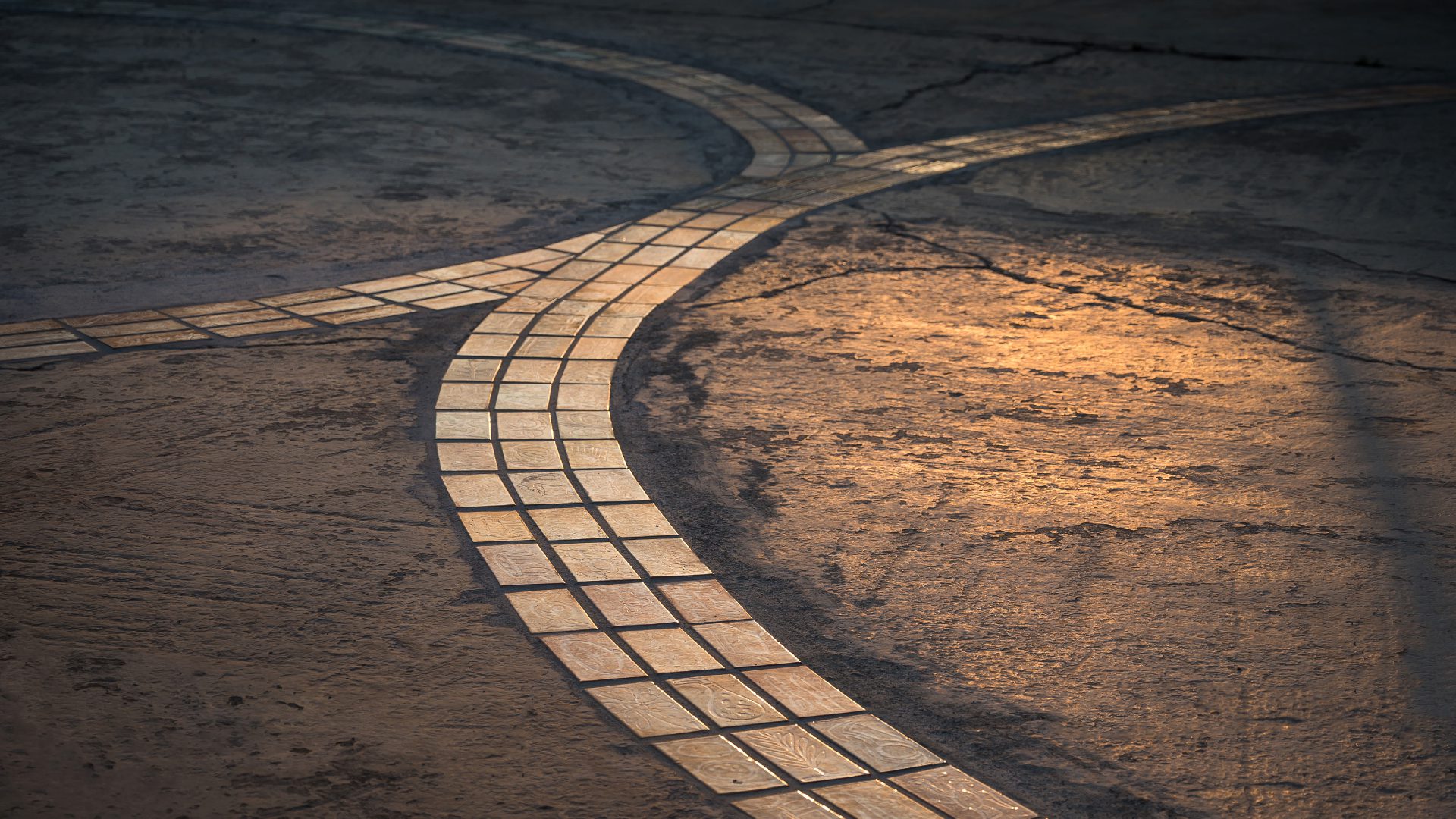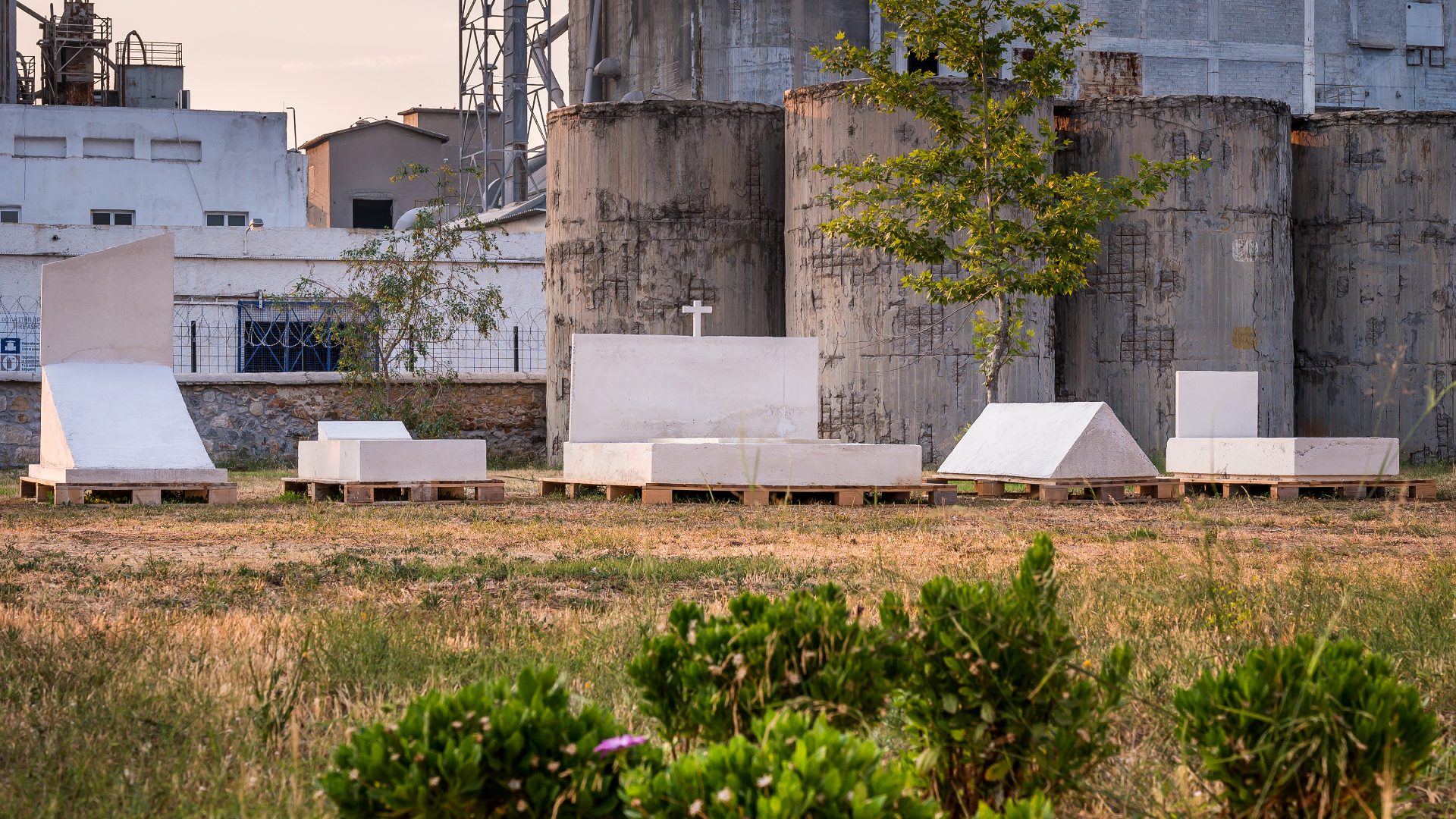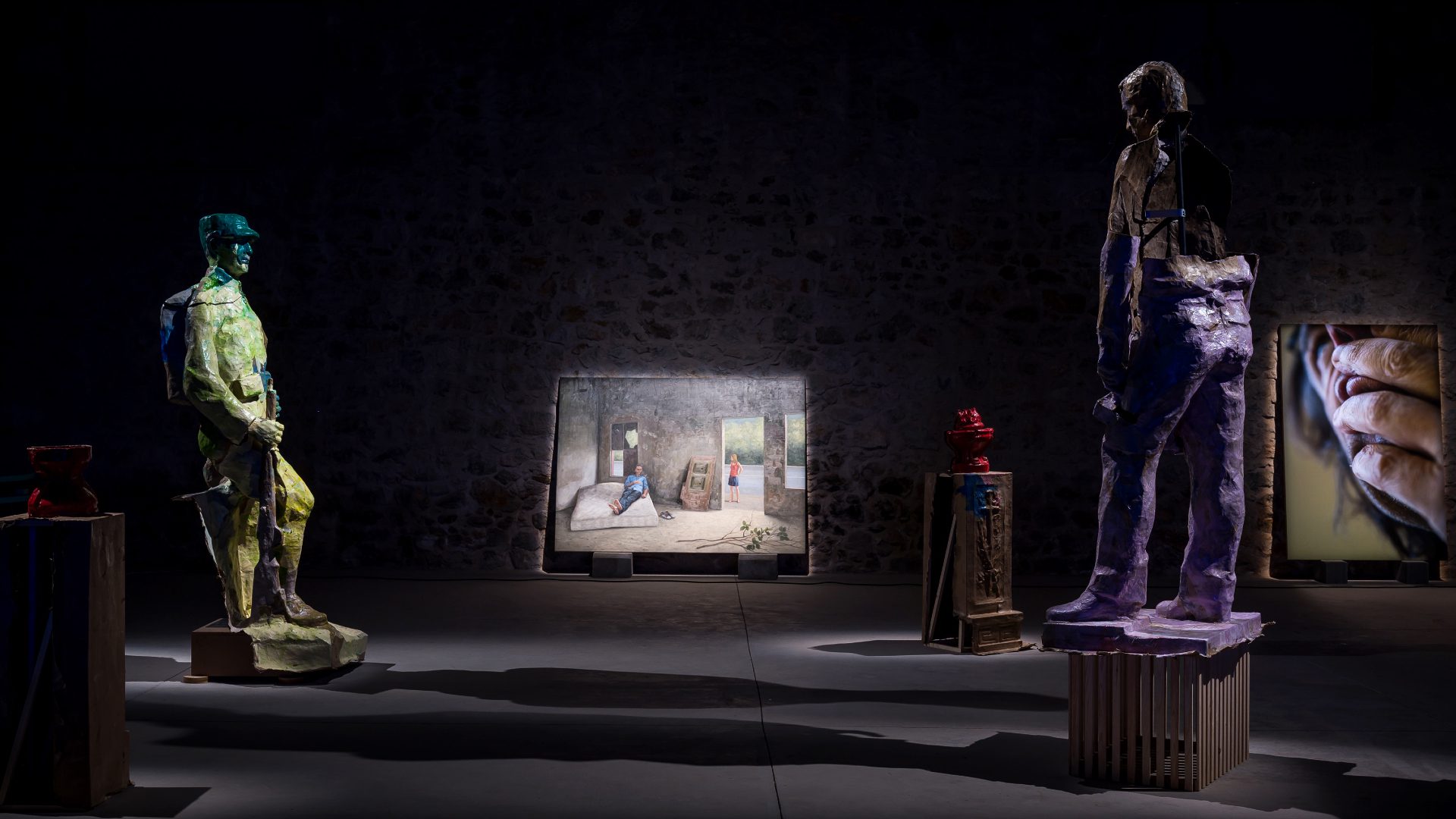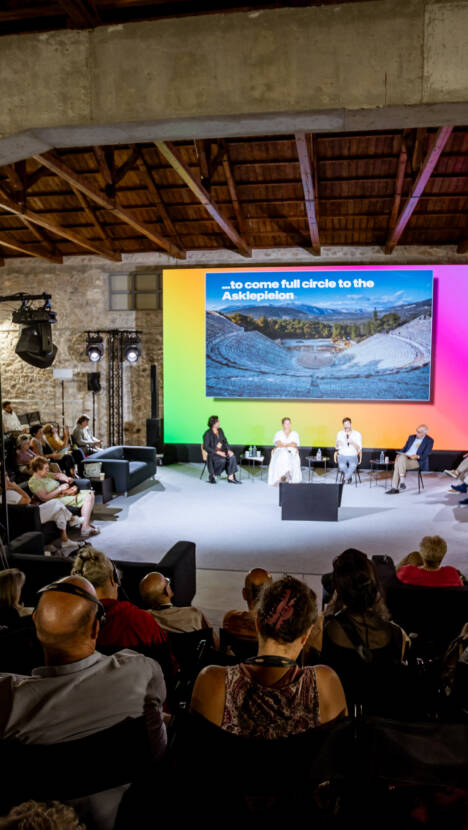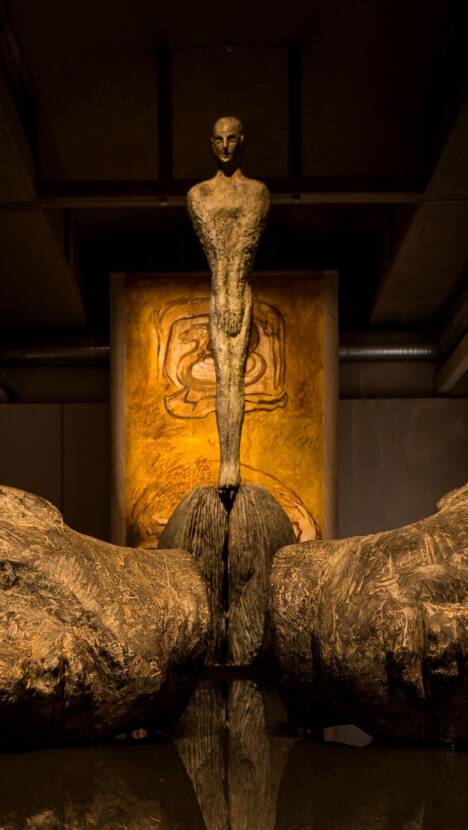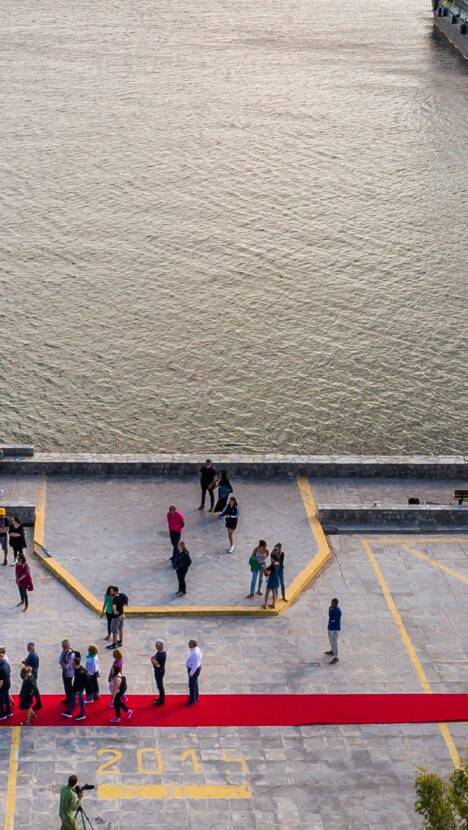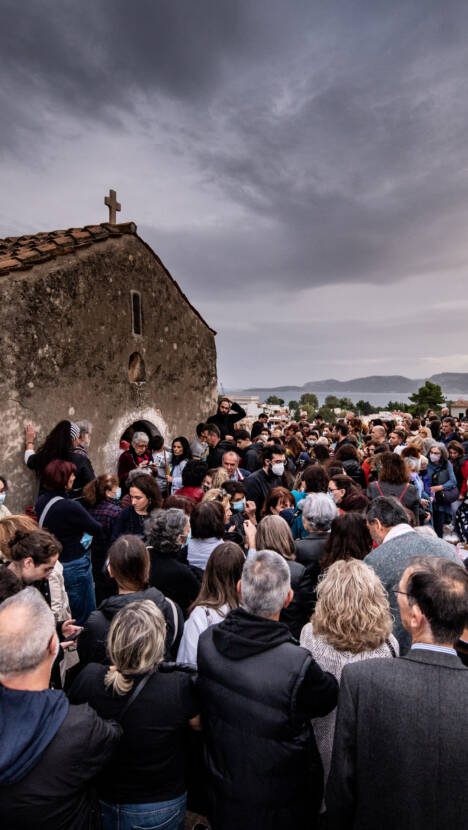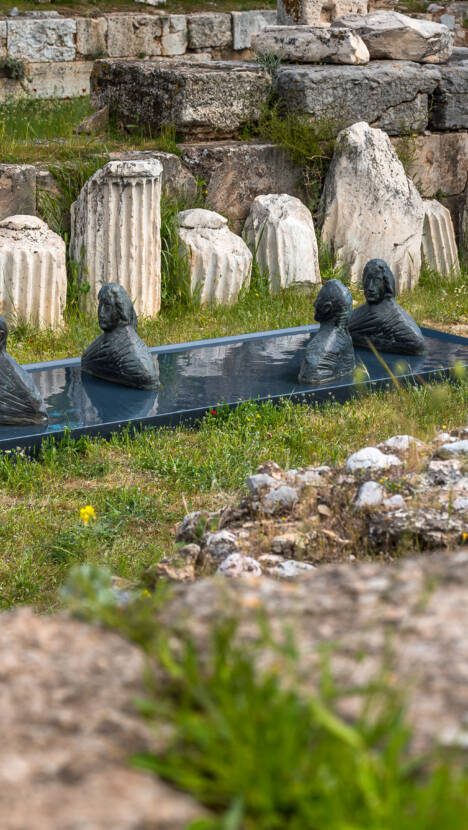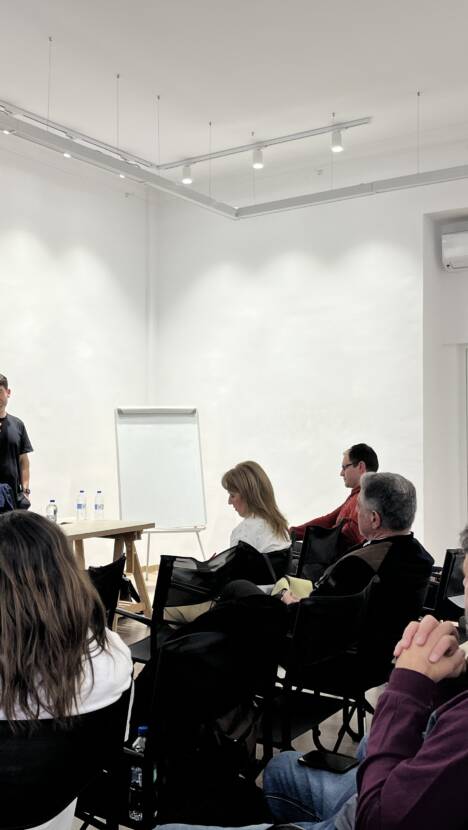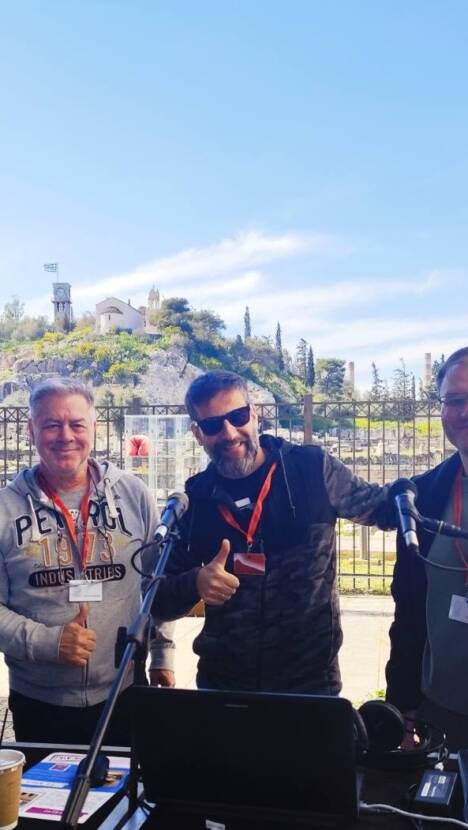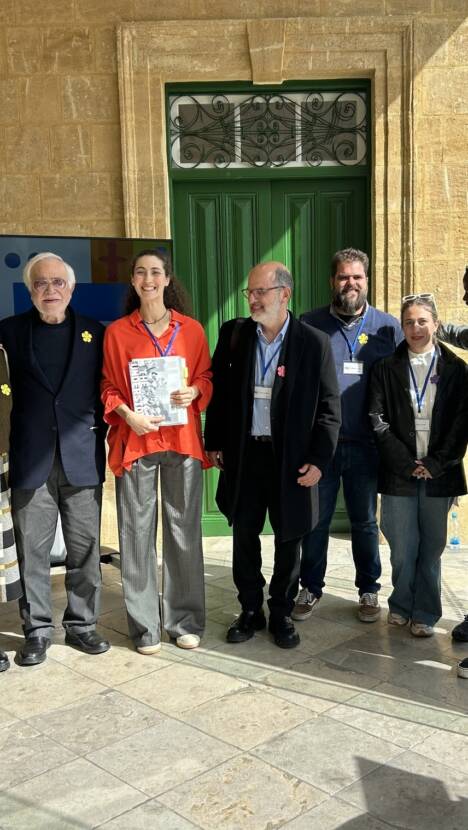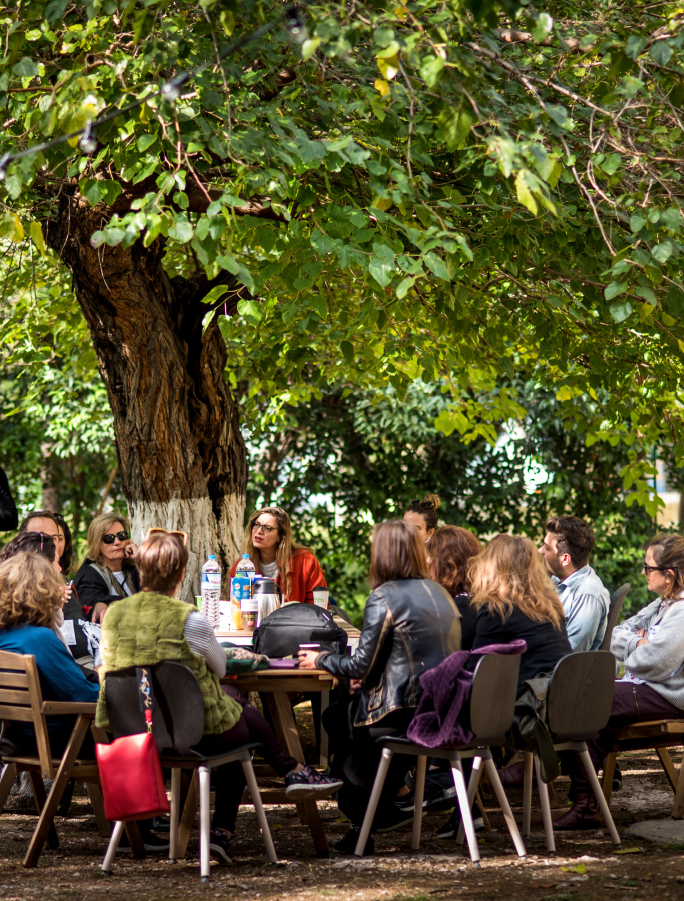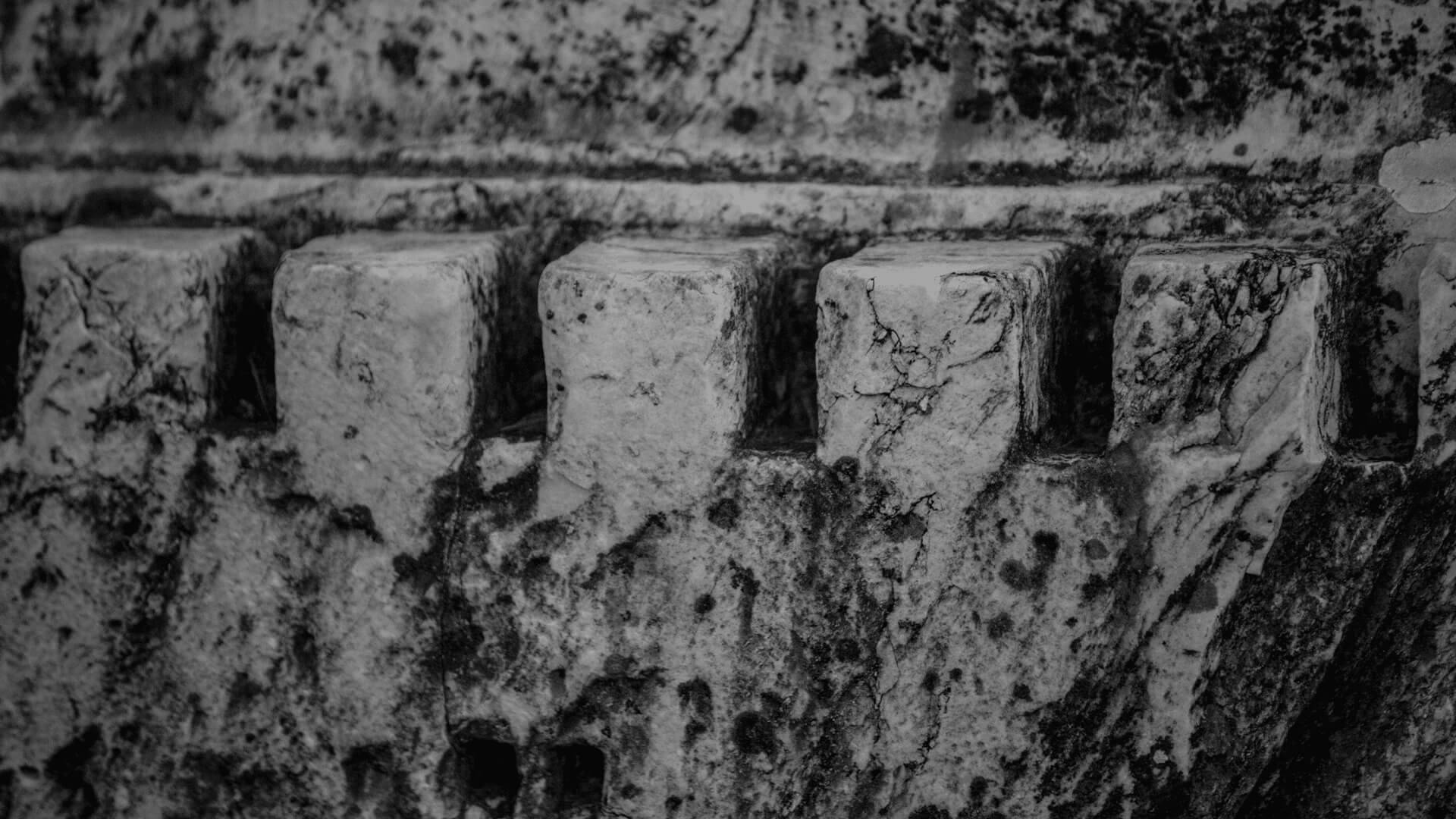
From July 7 to September 30, 2023 Eleusis European Capital of Culture presents the international group exhibition Mystery 3 Elefsina Mon Amour: In Search of the Third Paradise, curated by Katerina Gregos – Artistic Director of ΕΜΣΤ | Τhe National Museum of Contemporary Art Athens, featuring 16 artists from nine countries.
Ιnspired by the book Storming the Gates of Paradise: Landscapes for Politics (2008) written by the influential writer, historian, environmentalist, and activist Rebecca Solnit which analyses politics through place, the exhibition posits a socio-political reading of Elefsina and the Thriassian plain and constitutes a study on and testimony to modern and contemporary Elefsina. In addition, the exhibition also takes into account the historical past, which has been instrumental in defining the current identity of the city. It will thus suture memory and experience, space and time, past and present, while simultaneously proposing a psychogeographical analysis of space and place.
Many artists participating in the exhibition probe specific chapters of Elefsina’s history and present – both public and private – and address its traumas and aspirations, and how these are often interconnected. Though many of the artworks will take their cue from the locality of Elefsina, their meaning and significance will relate to wider contemporary social and geo-political issues and processes. As a post-industrial case study, the city is an ideal place for examining some of the major global processes and critical issues of our time: from economic restructuring, and transformations in industrial production and work to environmental questions, migration, citizenship, human rights, and cultural identity. Mystery 3 Elefsina Mon Amour aims – as Solnit does in her book – to reveal “beauty in the harshest landscape and political struggle in the most apparently serene view”, thus conjoining politics, poetics and aesthetics.
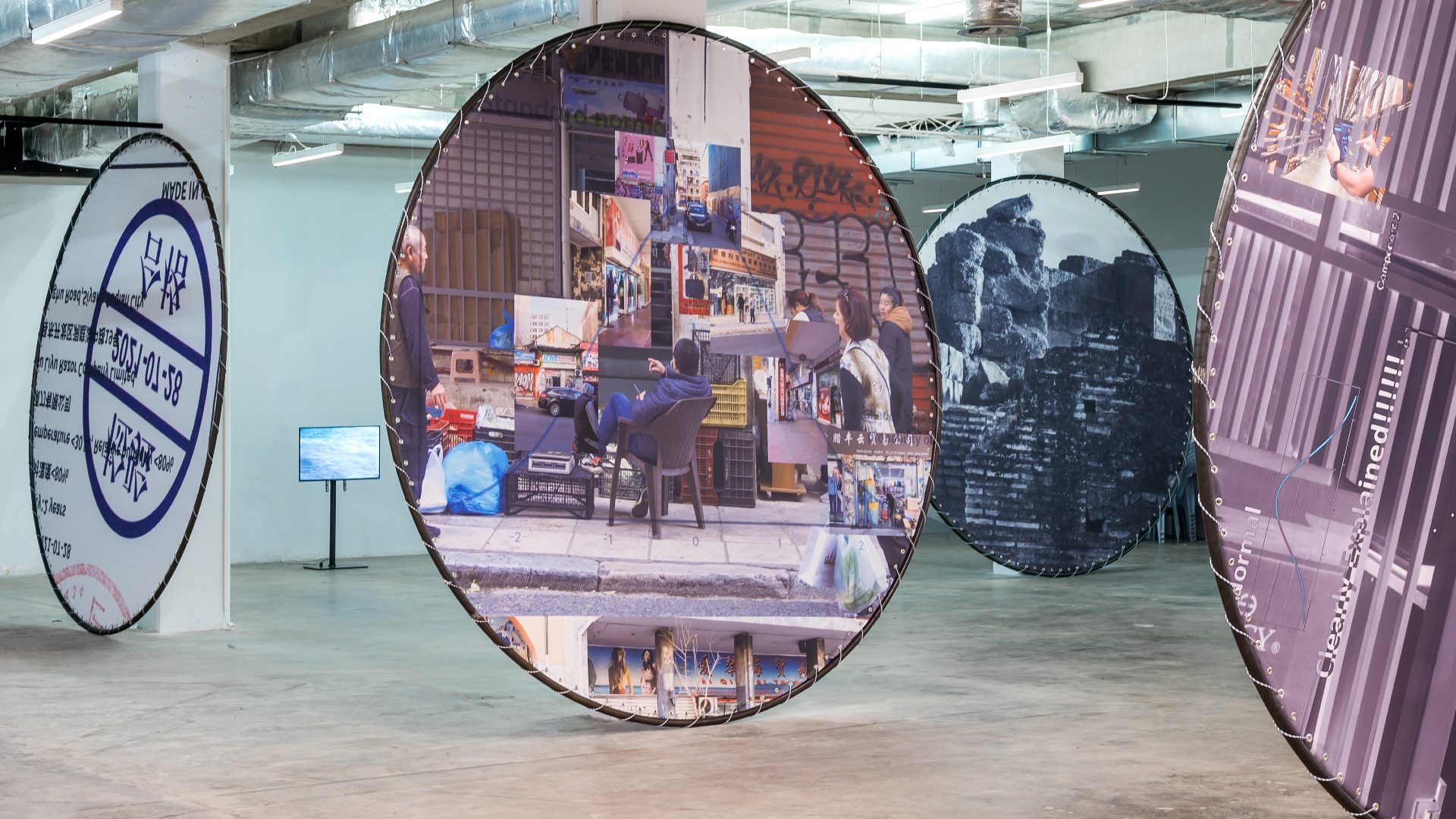
Twisting the title of Alain Resnais’ seminal 1959 film Hiroshima Mon Amour, the exhibition looks beyond the suggested legacy of devastation – brought on in the case of Elefsina not by war but by heavy industry – and into manifestations of resilience, solidarity, hope, and commonality. The questions raised in Resnais’ film are still fundamental and contested; must one forget the past in order to move into the future? Or must we reckon with the past in order to be able to deal with this future? Elefsina, with its layers of history and its future industrial archaeology, seems a perfect place in which to engage these questions. If Hiroshima Mon Amour looked into an emotionally fragile post-war world, Mystery 3 Elefsina Mon Amour shifts its gaze to a post-industrial world in transition and looming uncertainty.
Mystery 3 Elefsina Mon Amour also contains “an exhibition within the exhibition” entitled Aeschylia: A Memory Archive, consisting of archival material from the visual arts segment of the “Aeschylia” festival, which was pivotal for the development of the profile of the city as a site for cultural production and presentation. The objective of this tribute is to shed light on the importance of this cultural initiative as it laid an important precedent prior to the selection of the city as European Capital of Culture.
